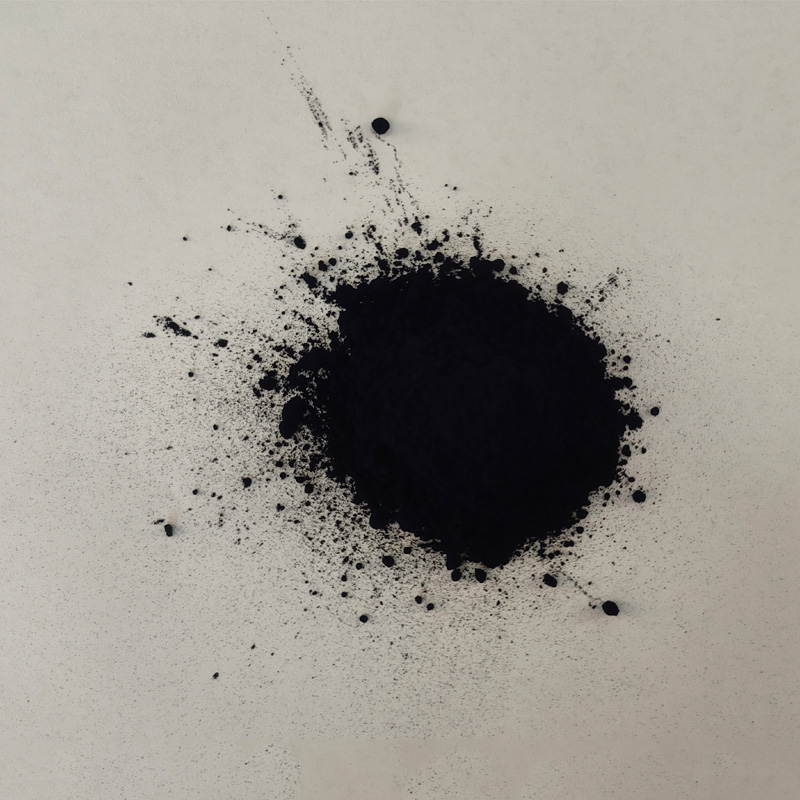The Evolution and Impact of Synthetic Indigo Dye in the Textile Industry and Beyond
The Legacy of Synthetic Indigo Dye
Indigo dyeing is an ancient craft, deeply rooted in various cultures around the world. However, the introduction of synthetic indigo in the late 19th century marked a pivotal moment in the textile industry and the history of dye production. This article explores the journey, significance, and implications of synthetic indigo dye, focusing on its invention, commercialization, and environmental impact.
The Legacy of Synthetic Indigo Dye
Following Baeyer’s breakthrough, the production of synthetic indigo gained momentum in the early 20th century, particularly with the rise of industrialization. In 1897, Bayer AG, one of the largest chemical companies in the world, began commercial production of synthetic indigo, leading to significant advancements in the dyeing process. Synthetic indigo became the preferred choice for dyeing textiles, especially denim, a fabric that would become synonymous with blue jeans. By the mid-20th century, synthetic indigo dominated the global market, rendering natural indigo largely obsolete.
famous synthetic indigo dye

The widespread adoption of synthetic indigo had profound implications for the fashion industry and society at large. The availability of affordable, high-quality dye facilitated the mass production of textiles and contributed to the growth of ready-to-wear clothing. This democratization of fashion allowed people from various socio-economic backgrounds to access stylish garments, fostering new cultural expressions and identities through clothing.
However, the rise of synthetic indigo also brought with it significant environmental concerns. The traditional methods of producing natural indigo were labor-intensive but comparatively eco-friendly. In contrast, synthetic indigo production involves chemical processes that generate pollution and waste. The manufacturing of indigo using chemicals such as aniline and benzene poses risks to both workers and the surrounding environment. As awareness of environmental issues has grown, the sustainability of synthetic indigo has come under scrutiny, prompting discussions about eco-friendly alternatives.
In recent years, there has been a resurgence of interest in natural indigo dyeing as a response to environmental concerns and a desire for sustainable practices in fashion. Artisans and designers are once again exploring traditional indigo dyeing methods, celebrating the craft while minimizing the ecological footprint. This revival also emphasizes transparency in the supply chain and ethical practices, paving the way for a more responsible approach to fashion.
In conclusion, synthetic indigo dye has a rich history intertwined with significant advancements in the textile industry and powerful socio-cultural shifts. While it has enabled the democratization of fashion and enhanced production efficiency, the environmental consequences of its production cannot be overlooked. As the industry navigates the challenges of sustainability, there is an opportunity to honor traditional practices while embracing innovation. The legacy of synthetic indigo serves as a reminder of the intricate balance between industrial progress and environmental stewardship, guiding us toward a more sustainable future in fashion.
-
The Timeless Art of Denim Indigo Dye
NewsJul.01,2025
-
The Rise of Sulfur Dyed Denim
NewsJul.01,2025
-
The Rich Revival of the Best Indigo Dye
NewsJul.01,2025
-
The Enduring Strength of Sulphur Black
NewsJul.01,2025
-
The Ancient Art of Chinese Indigo Dye
NewsJul.01,2025
-
Industry Power of Indigo
NewsJul.01,2025
-
Black Sulfur is Leading the Next Wave
NewsJul.01,2025

Sulphur Black
1.Name: sulphur black; Sulfur Black; Sulphur Black 1;
2.Structure formula:
3.Molecule formula: C6H4N2O5
4.CAS No.: 1326-82-5
5.HS code: 32041911
6.Product specification:Appearance:black phosphorus flakes; black liquid

Bromo Indigo; Vat Bromo-Indigo; C.I.Vat Blue 5
1.Name: Bromo indigo; Vat bromo-indigo; C.I.Vat blue 5;
2.Structure formula:
3.Molecule formula: C16H6Br4N2O2
4.CAS No.: 2475-31-2
5.HS code: 3204151000 6.Major usage and instruction: Be mainly used to dye cotton fabrics.

Indigo Blue Vat Blue
1.Name: indigo blue,vat blue 1,
2.Structure formula:
3.Molecule formula: C16H10N2O2
4.. CAS No.: 482-89-3
5.Molecule weight: 262.62
6.HS code: 3204151000
7.Major usage and instruction: Be mainly used to dye cotton fabrics.

